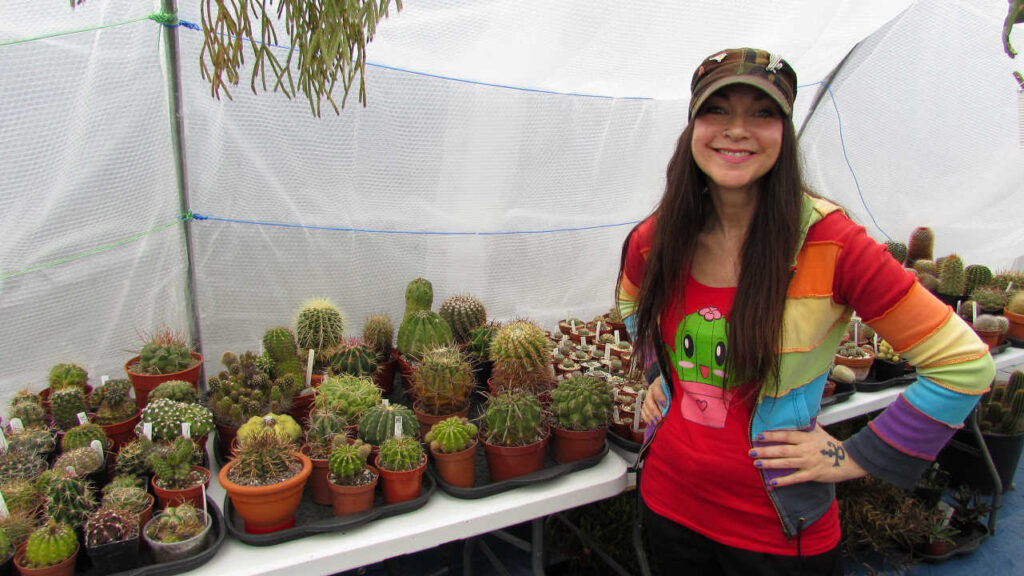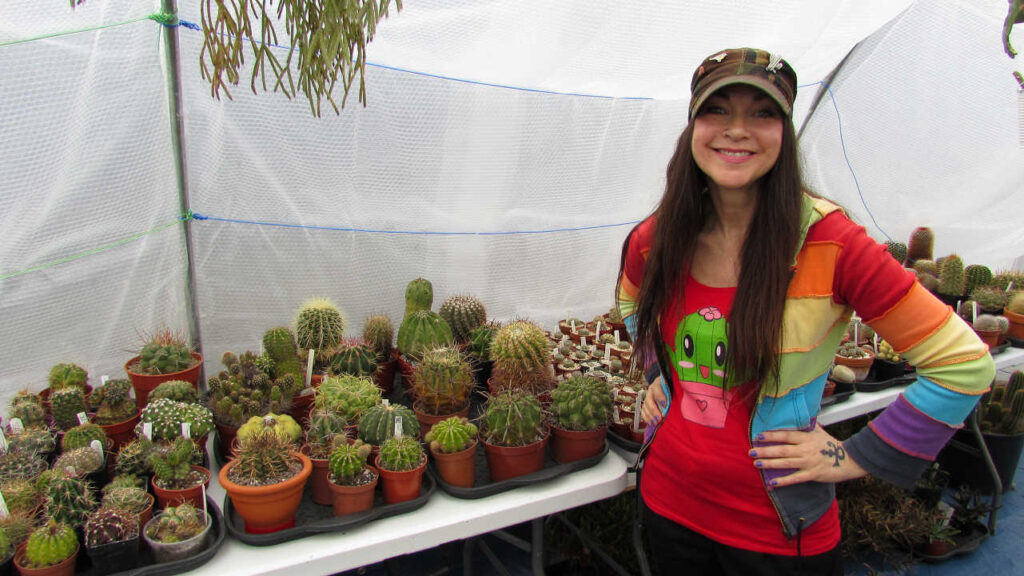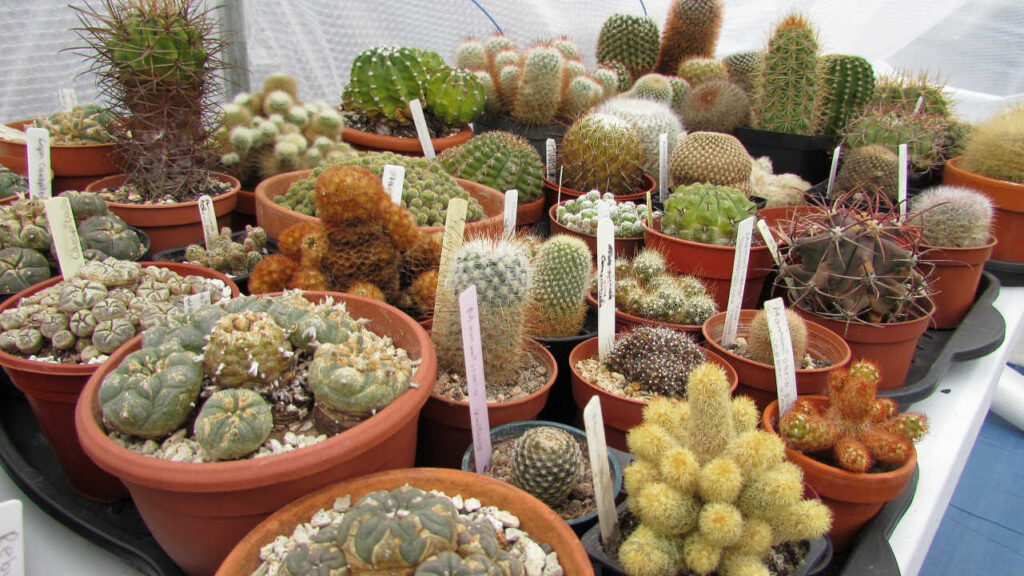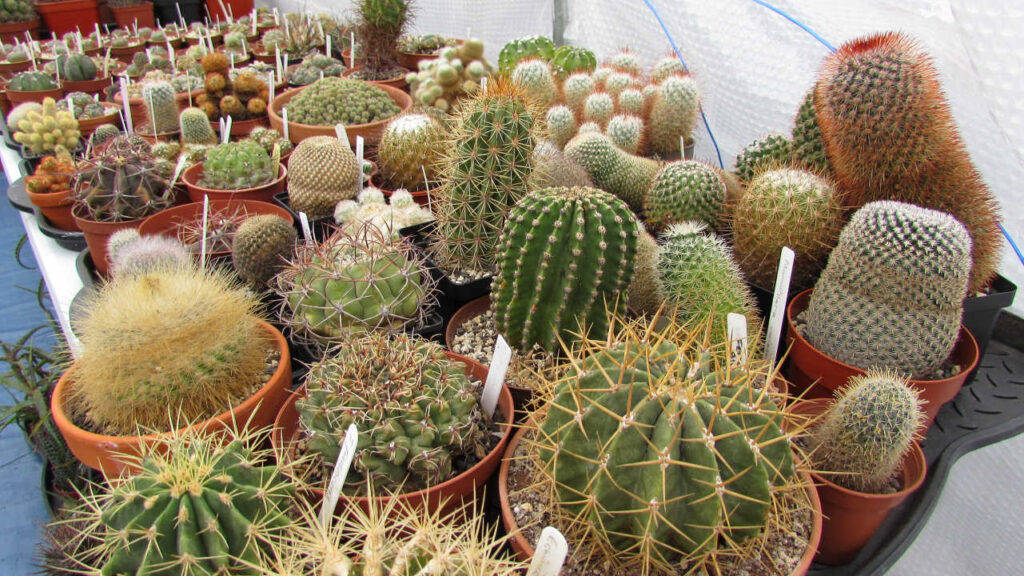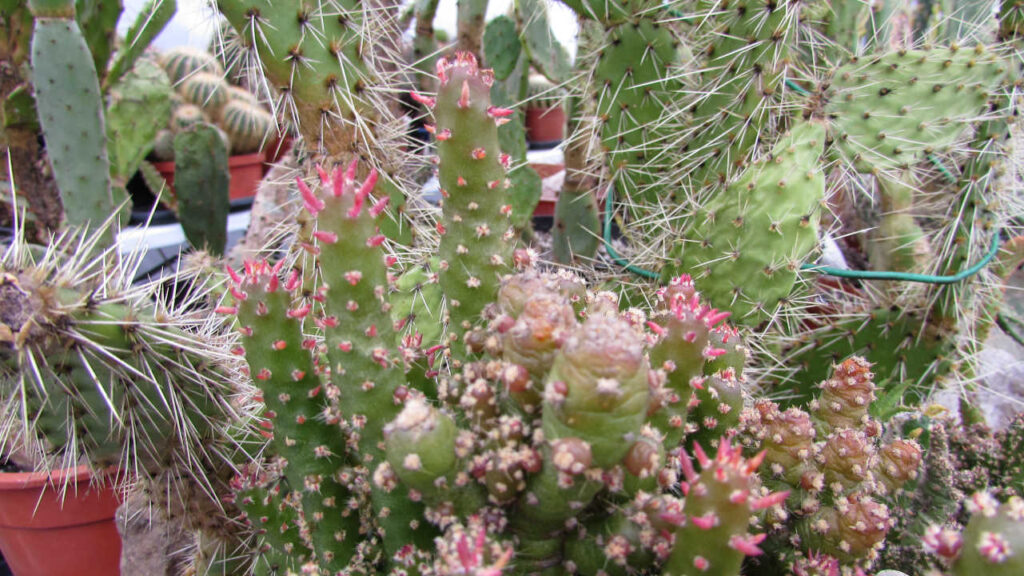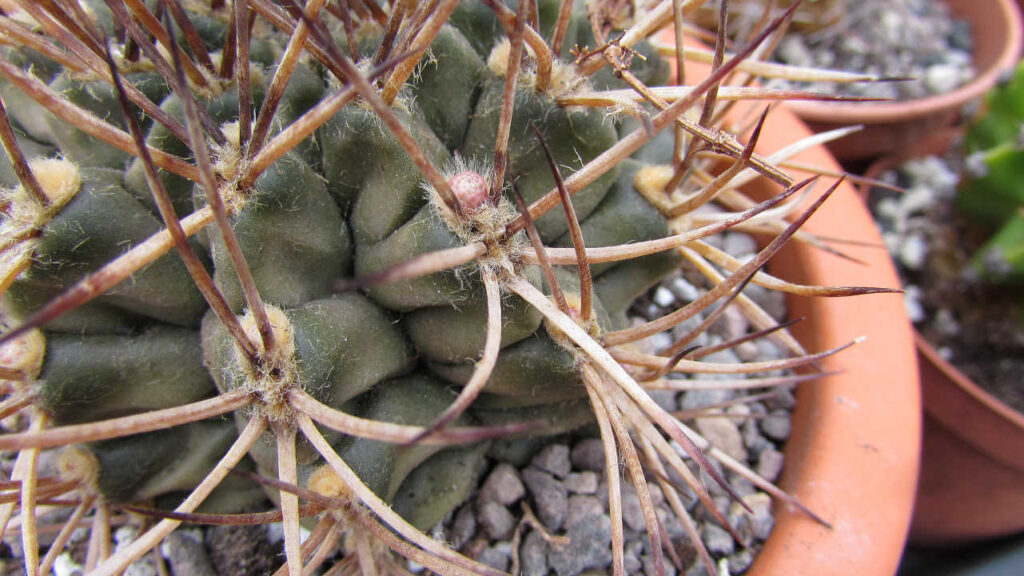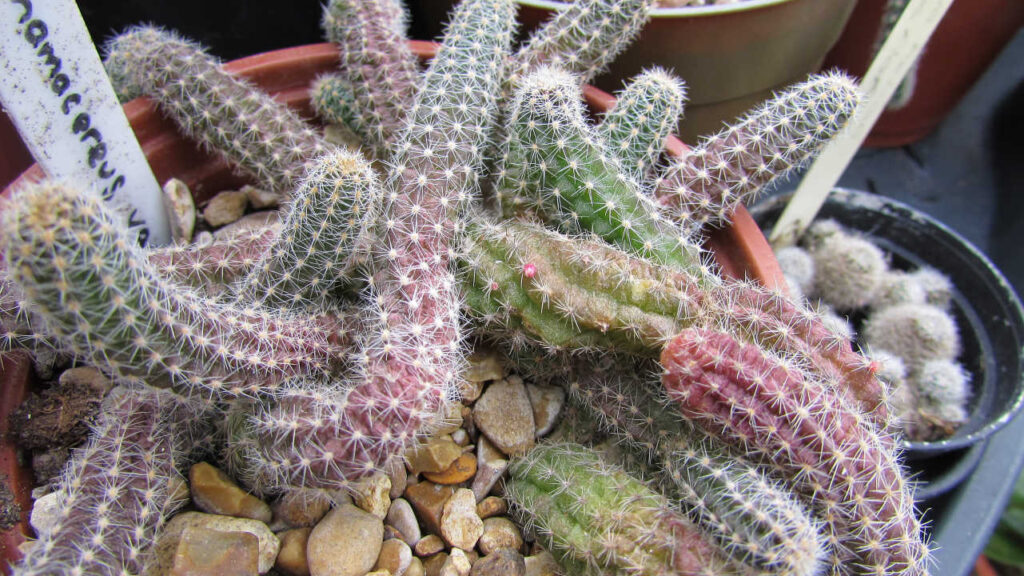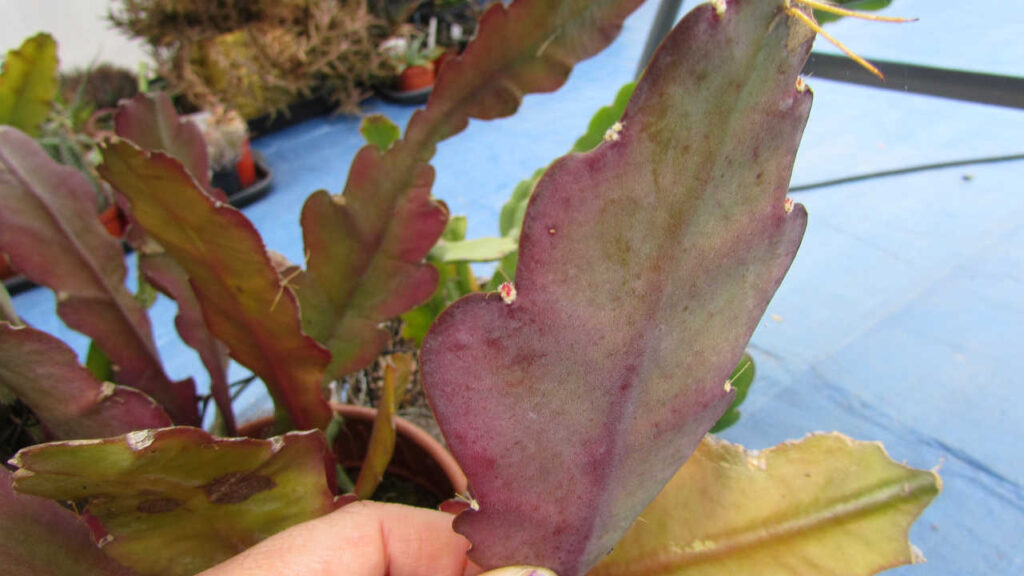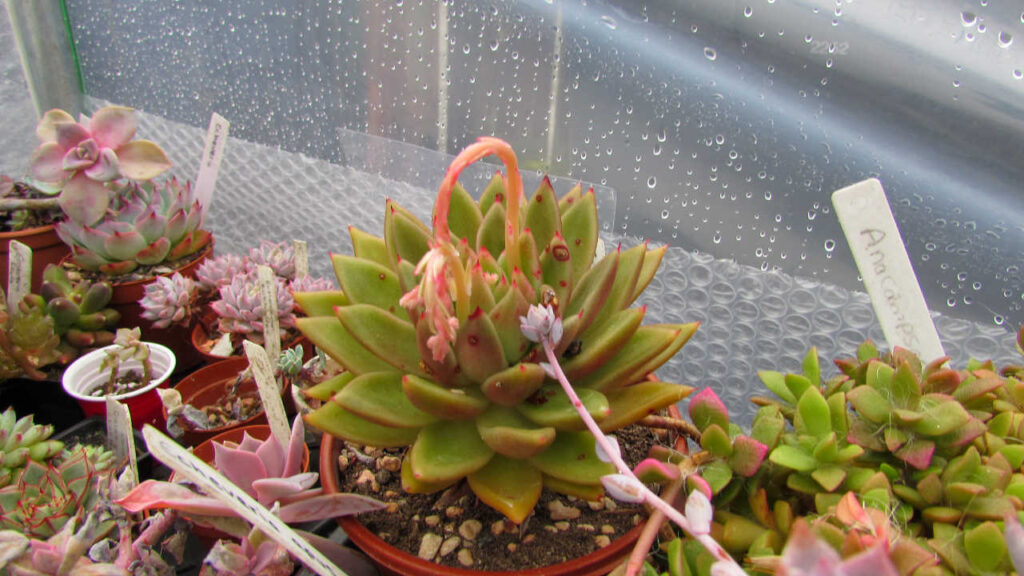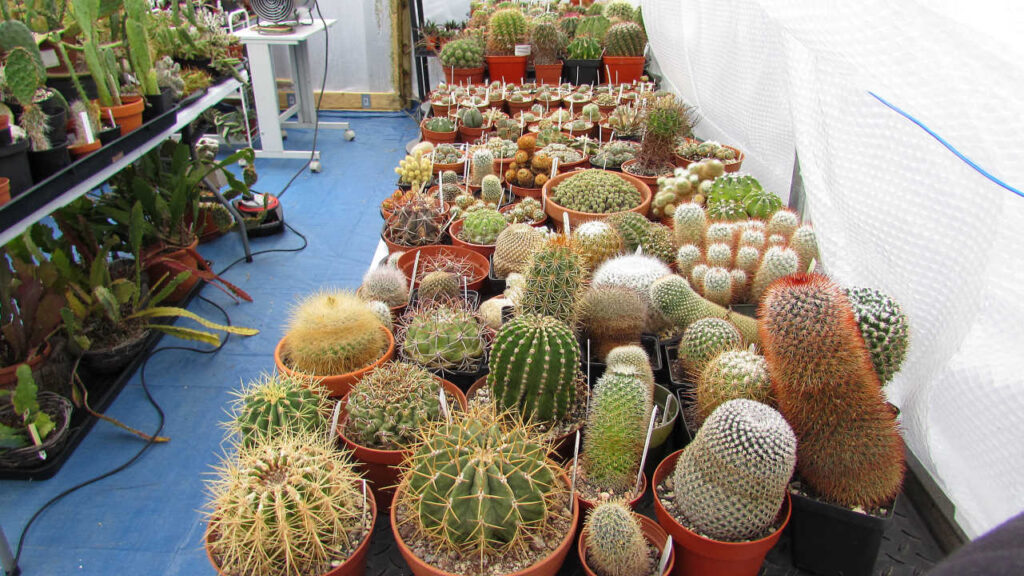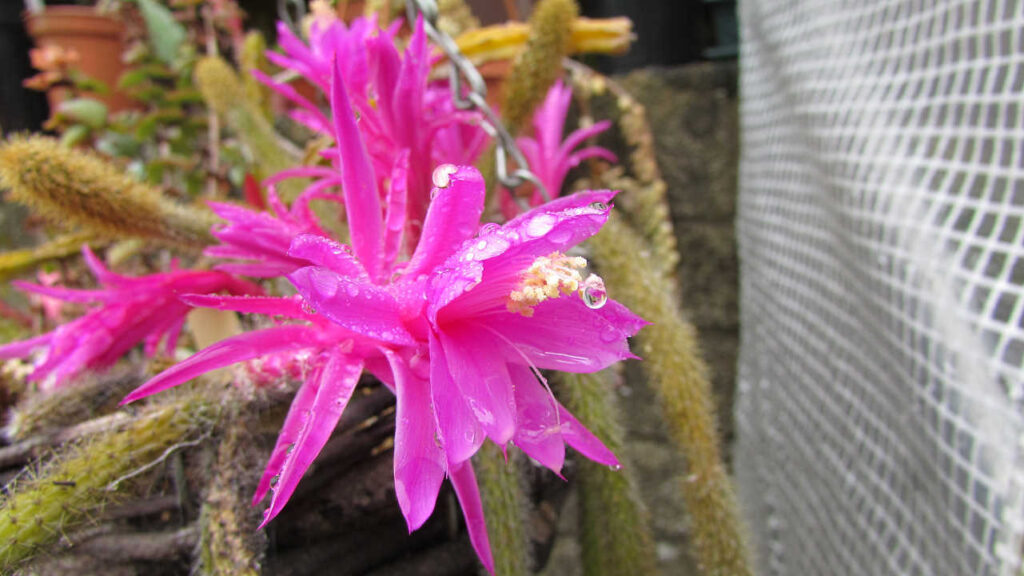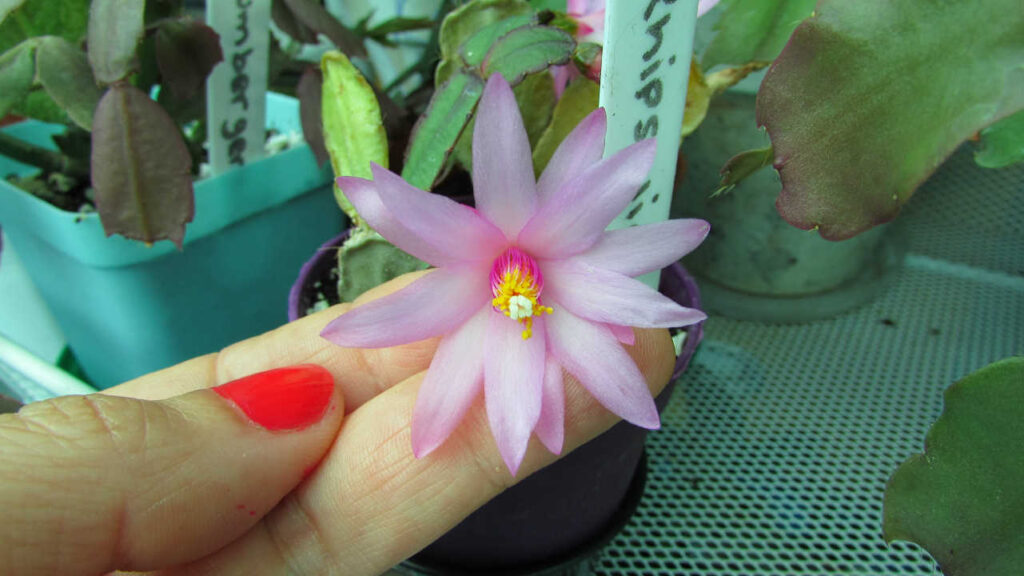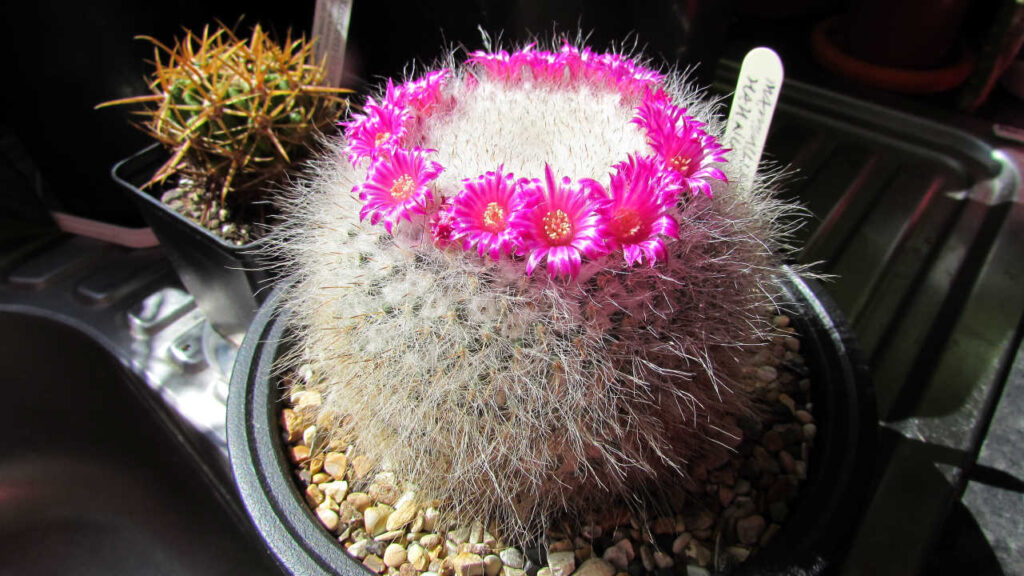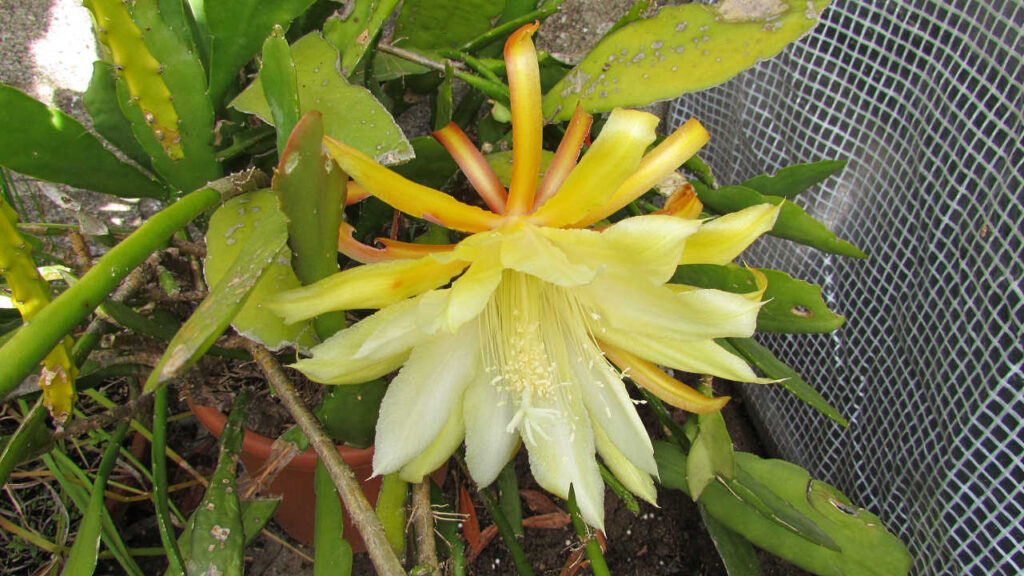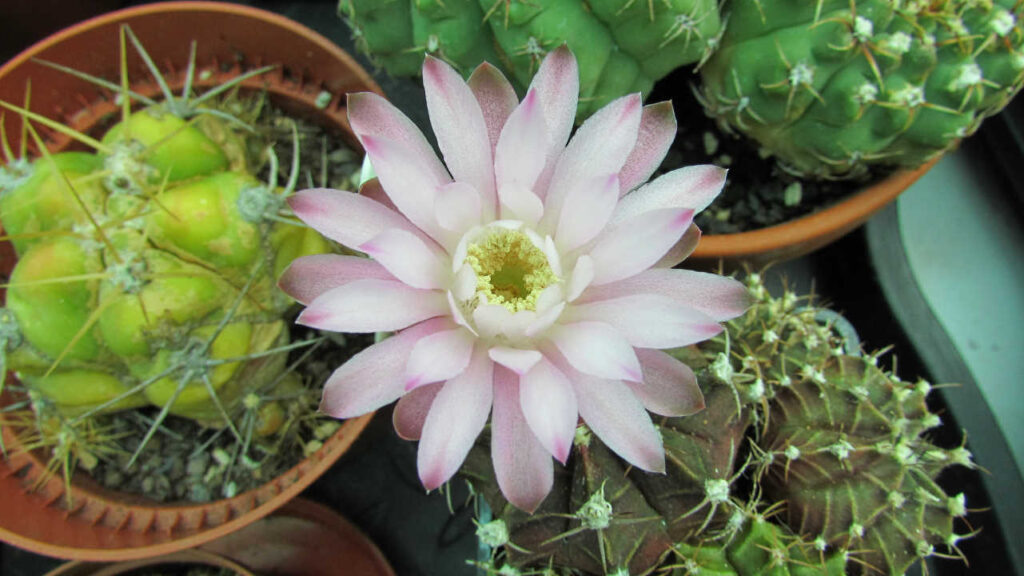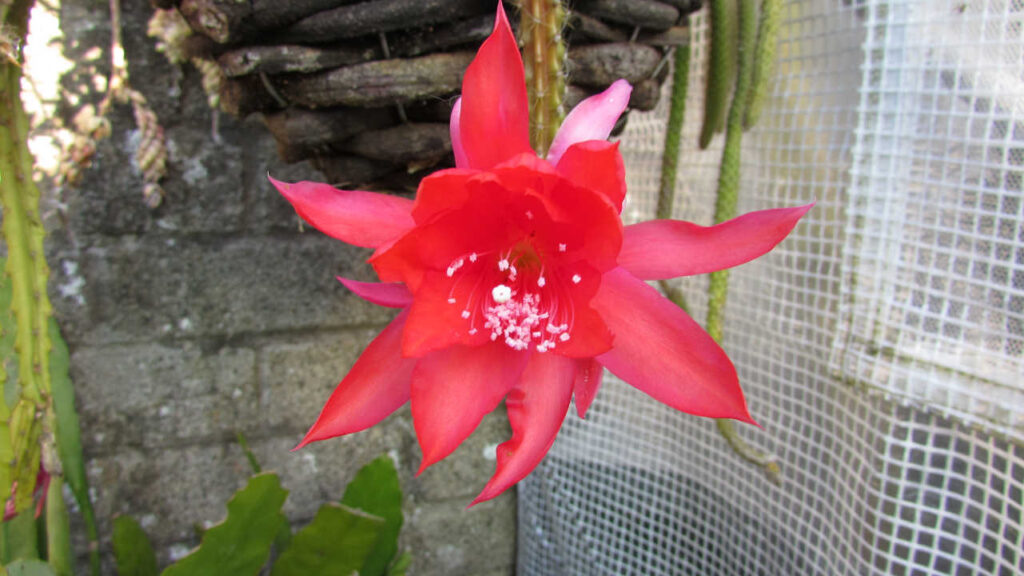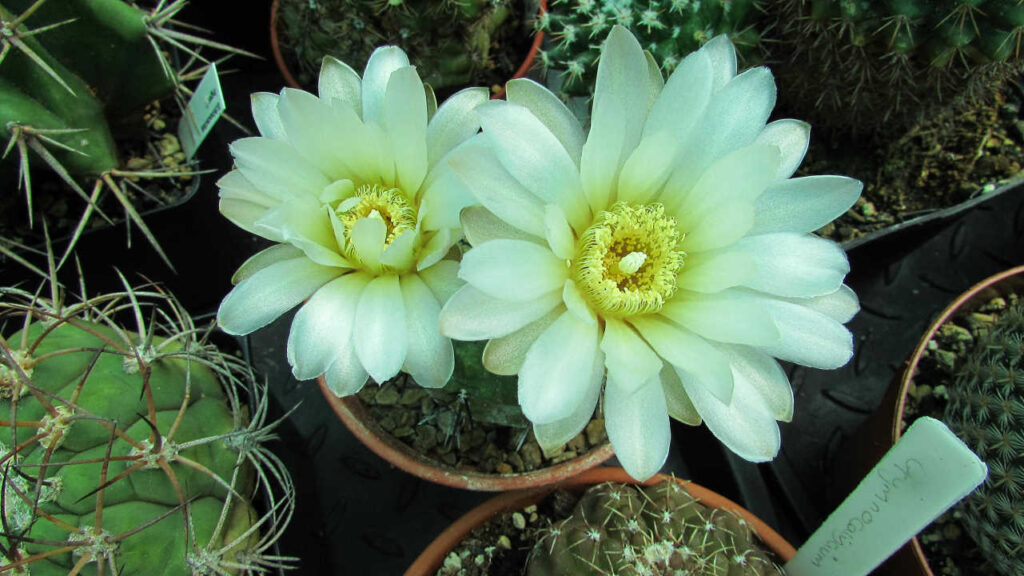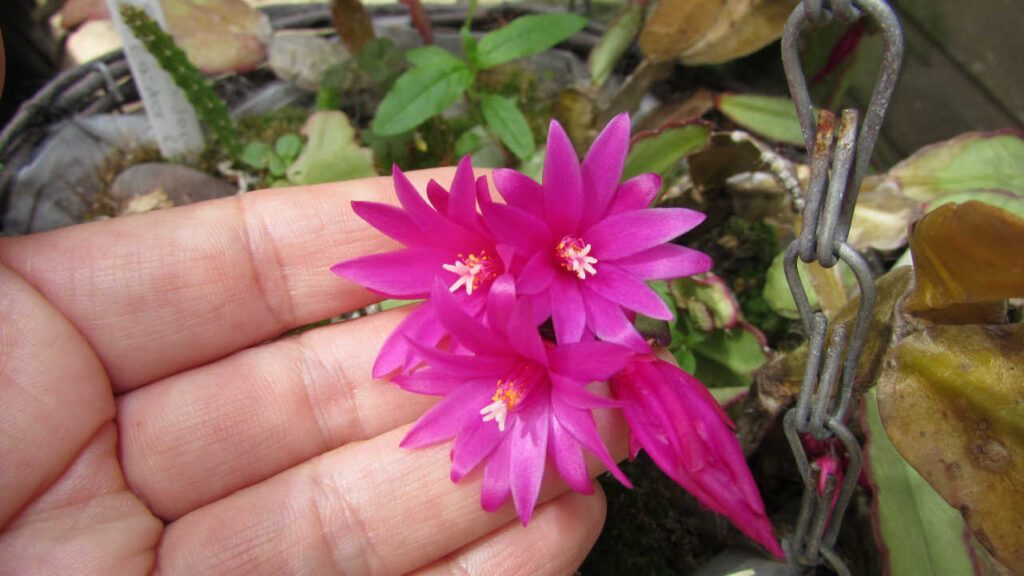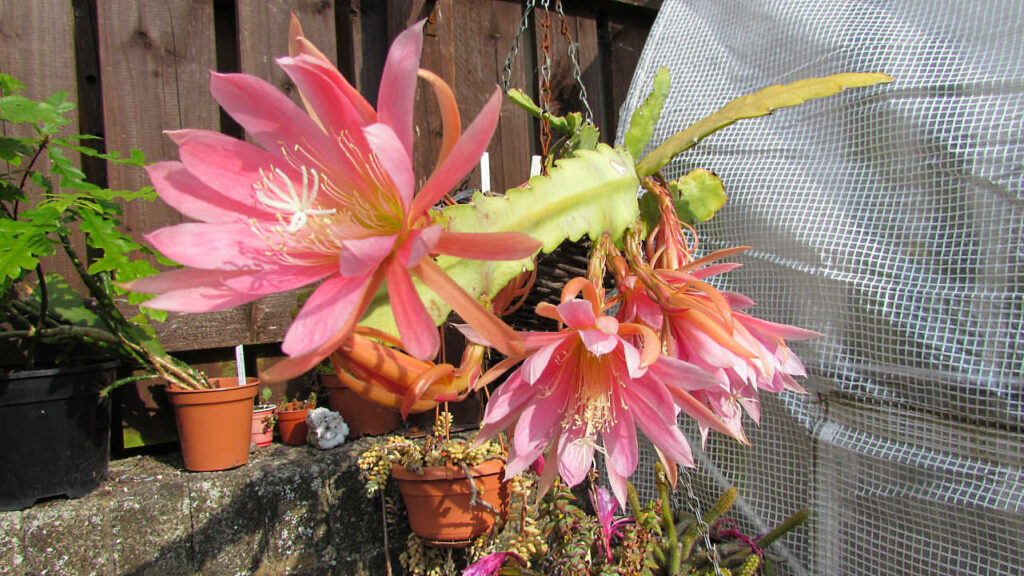Hi Guys 😀 I hope you are all enjoying the wonderful growing season so far this year and that you are already seeing your cacti and succulents coming into bud and bloom.
Spring 2024 has been blooming amazing for me and Hans and we have had lots of our Cacti and Succulents coming into bloom and many first time bloomers for us.
We replaced our old green covered Polytunnel with a new clear covered one last year, and the difference this has made for the cactus flowers has been truly remarkable, the new clear polytunnel is so much brighter than our old green covered one was, all the extra light inside our new polytunnel has really encouraged a lot more of our cacti to come into bud and bloom already.
Here are some photos of all the STUNNING cacti that we have had blooming for us during the month of May 2024, I hope you enjoy the photos of all of the beautiful cactus flowers, we still have lots more of our cacti coming into bud now its June and over these next few weeks there is going to be LOTS and LOTS of STUNNING Cactus blooms I will be sharing with you monthly updates on all of our cactus flowers both on my Website here and also on my You Tube Channel called Desert Plants of Avalon.

My Mammillaria hahiana May 2024

My Rebutia in orange flower May 2024

My Mammillaria bocasana May 2024

Mammillaria variety May 2024, this beauty was gifted to us by our wonderful friend Danny last year.

My Parodia chysacanthion with a cluster of 5 golden blooms, May 2024

My Rebutia heliosa May 2024

My Stenocactus multicostatus May 2024

My Rebutia minuscula May 2024

Mediolobivia variety May 2024

My Aporocactus flagelliformis ‘Rats Tail Cactus’ May 2024

My Rebutia ‘Apricot Ice’ this cutie was gifted to us by our wonderful friend Danny last year.

My Rebutia krainziana May 2024

My Chamaecereus silvestrii May 2024

My Aylosteria polypetula May 2024

My Mammillaria variety May 2024

My Rebutia variety in STUNNING red/orange twin bloom, this beauty was gifted to us by our wonderful friend Danny last year.

My Mammillaria variety May 2024

My Epiphyllum no ID, this stunner is a very first time bloomer for us, we got this plant as a cutting around 4 years ago from our friend Patricia and we are so happy to see it bloom for the first time, May 2024

My Echinopsis cardensiana May 2024

My Mammillaria longimamma, this stunner was gifted to us by our wonderful friend Danny last year, May 2024

My old Lophophora williamsii I have grown for 30 years, I have had many of my Lophophoras blooming this May but thought I would share this one with you all as its one of my oldies. May 2024

My Echinocereus gentryi var cucumis, and Echinocereus gentryi var scherii, Hans and I have two of these plants and they have both been blooming stunning, May 2024

My Sulcorebutia/ Lobivia variety with a stunning pink/red bloom, this beauty was gifted to us by our wonderful friend Danny last year, May 2024.

My Astrophytum ornatum I have grown for around 28 years May 2024

My Thelocactus hexandrophorus in twin bloom, June 2024

My Echinocereus gentryi and Chamaelobivia ‘Wendy’ June 2024

My Aporocactus mallisonii June 2024

My Neoporteria paucicostata May 2024

Chamaecereus silvestrii in triple bloom June 2024
I hope you enjoyed all the beautiful blooms we have had on our Cacti so far this year, and for lots of tips and tricks on how to grow Cacti and Succulents including how to get them to flower then please do check out my You Tube Channel called Desert Plants of Avalon and do please Subscribe.
